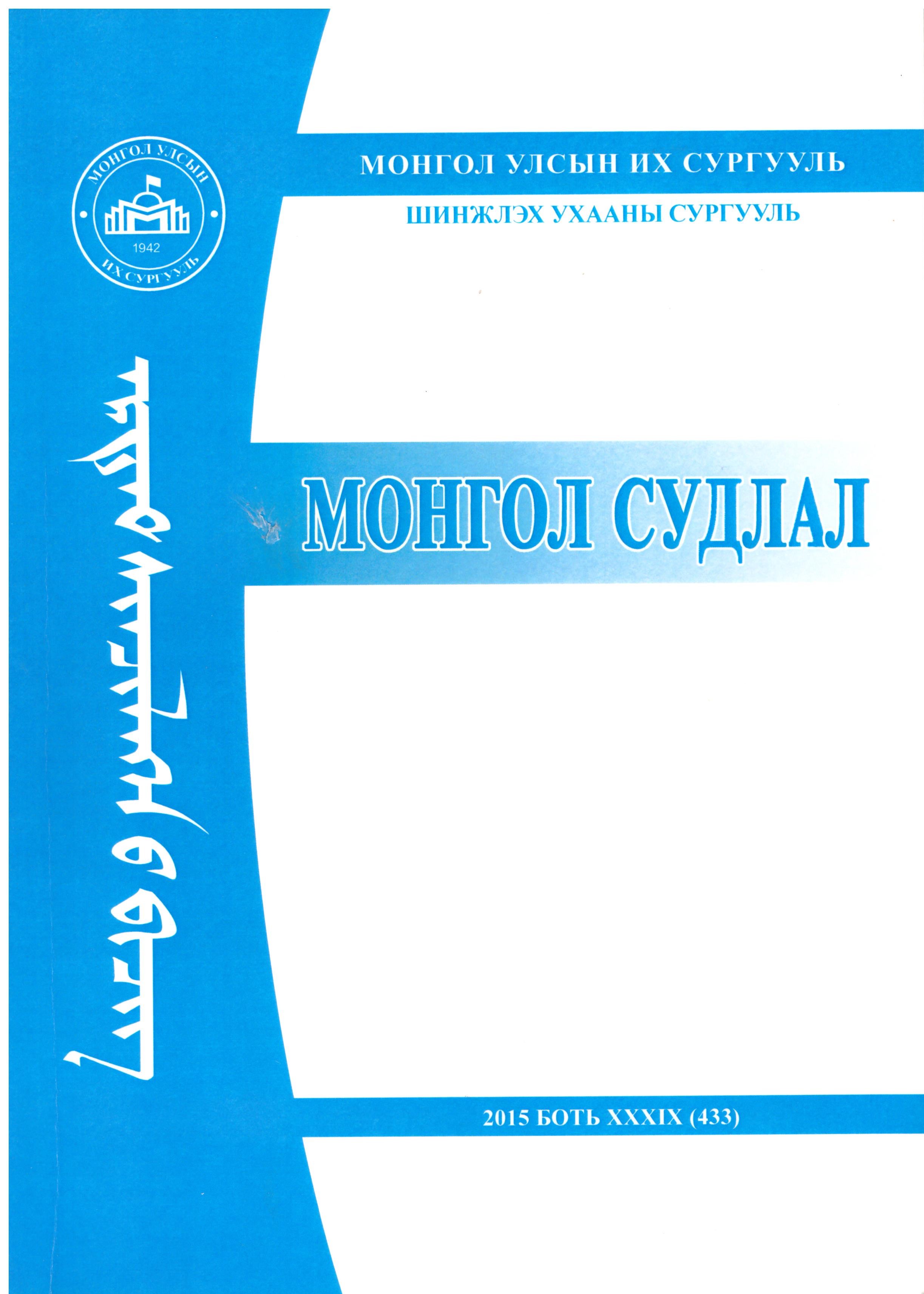Монгол идээ ундааны соёл дахь ариун ба бузрын ойлголт
An analysis of taboo concept of purity and dirt in Mongolian meals
Abstract
Following summery is concerned on the taboo concept of purity and dirt in red food, meat meal culture, which is one of the Mongolian five colored meal culture.
1. Mongol taboo related with meats is a common concept of culture and religious, which has been conserved by symbolizing cultural achievements on the shift from hunting culture to livestock culture (from field culture to home culture).
2. Initial criteria of taboo of purity and dirt in meals is animal identity differing from human characteristics like horn, hooves, etc. According to Mongols’ taboo of meals, the cloven-hoofed ruminant as the model of pure class of animal for the habitat, and other animals with deviant feet like camel. It appears that this phenomenon is identical with biblical term ‘clean’. As the Mongol myth would consider some species as hybrid animals, which meant that it is prohibited to use those animal for food.
3. The taboo to prohibit to eat the hybrid animals because of their anatomy is an achievement of meal culture and it illustrates both an ancient knowledge about the origin of species and an ancient fear of genetic abnormal alternation due tomarrying to relatives.





